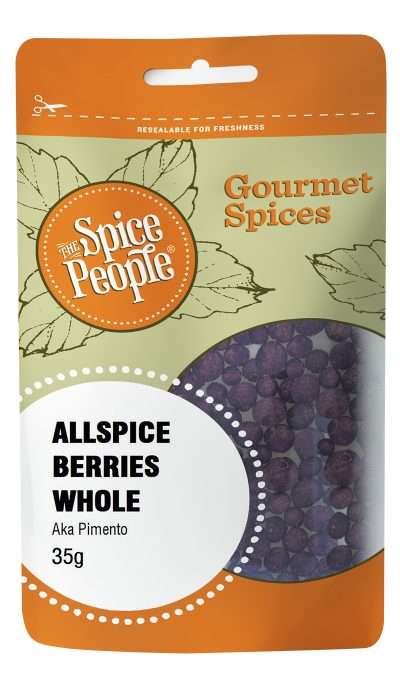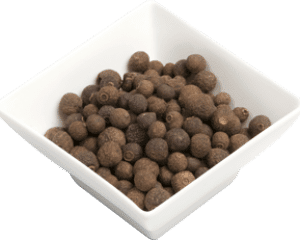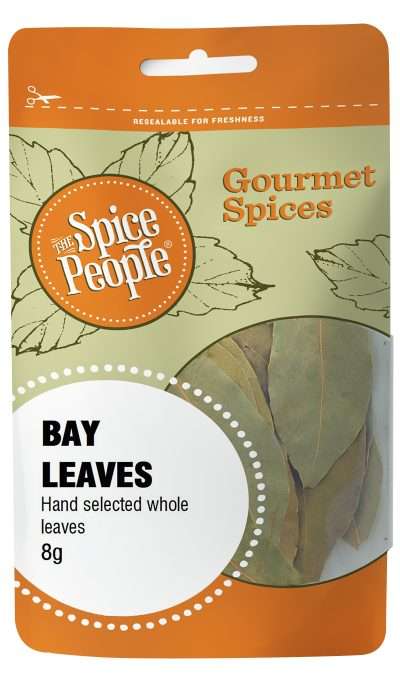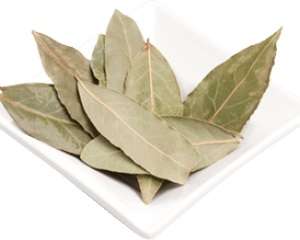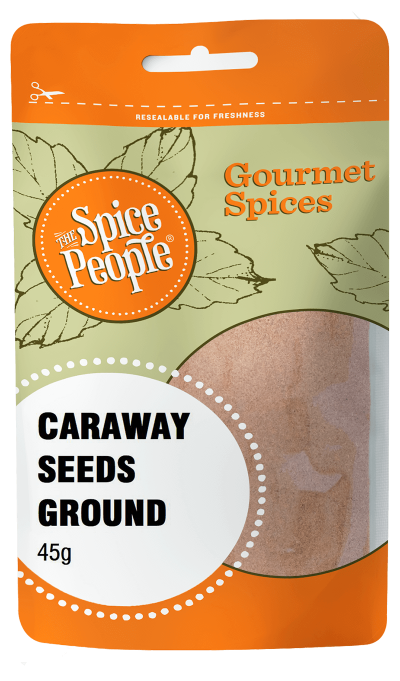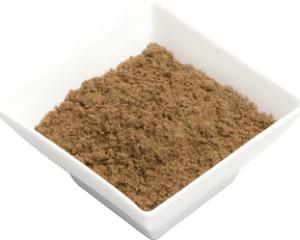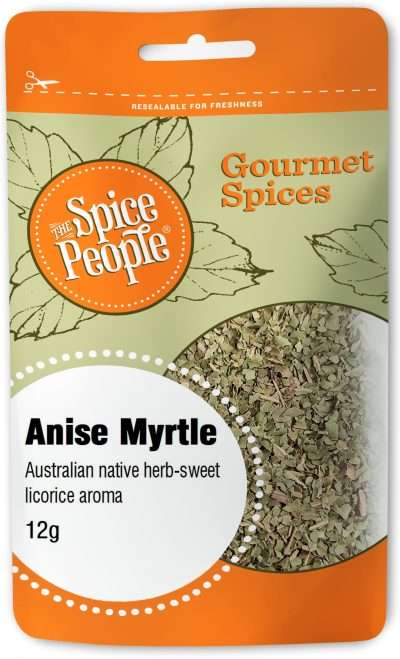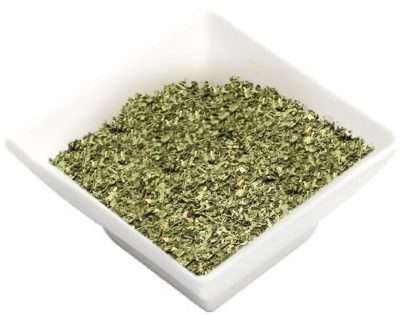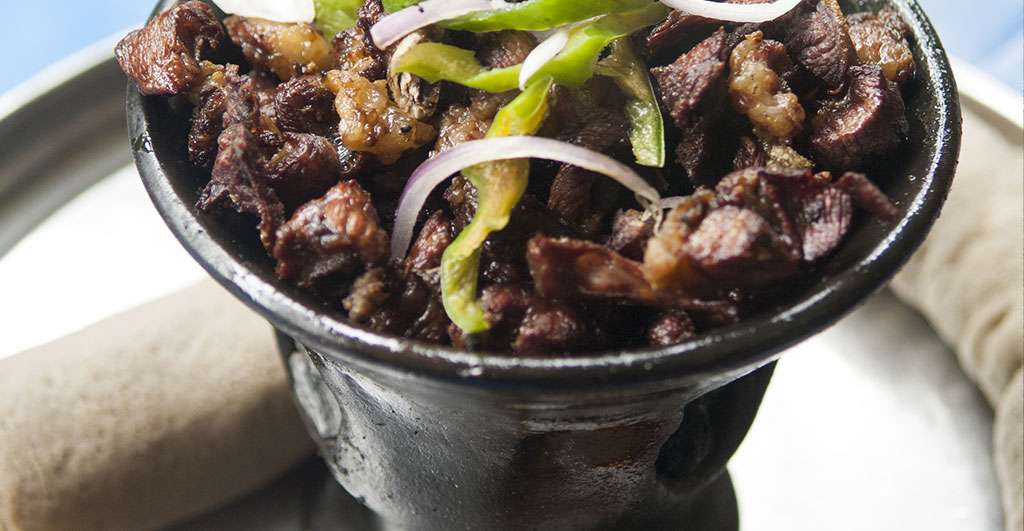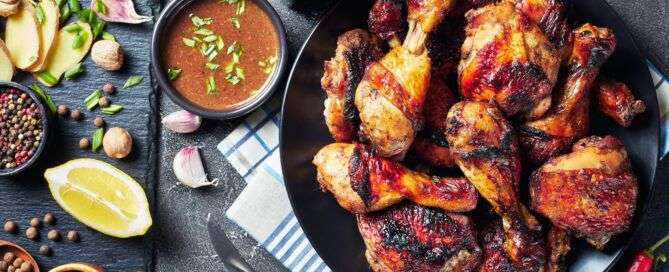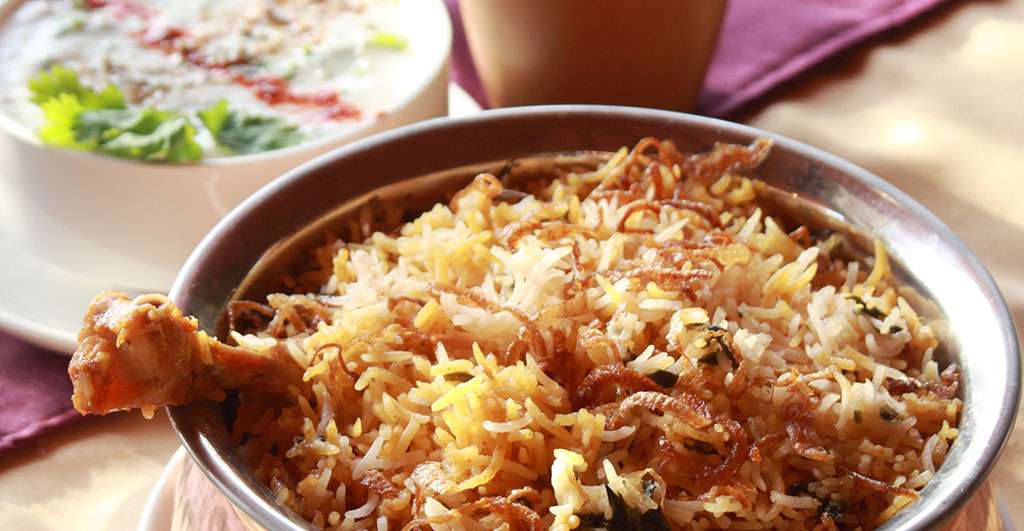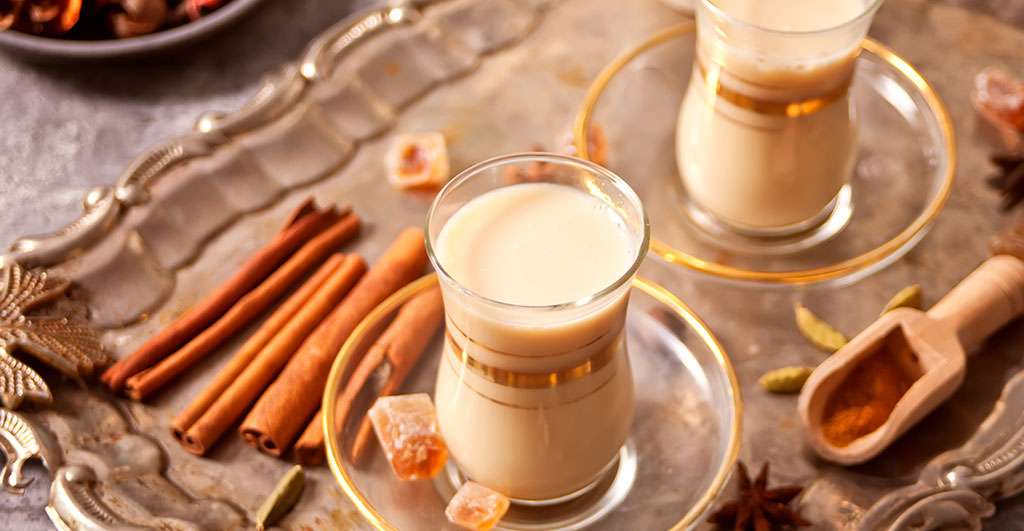Pepper Green Whole – 30g
60 in stock
Product description
Green Peppercorns are the unripe berries picked green from the peppercorn plant, it is the same vine that produces the black pepper. Green peppercorns are subtler in flavour than black peppercorns but have a distinct fresh hot bite. They can be used in many savory dishes and are tend to be used more for terrines, pates, or rich food like pork & duck. It is also used as a garnish and in the pepper mill mix. The Spice People carry these pepper products: pepper black whole, pepper black ground, pepper black cracked, pepper white whole, pepper white ground, pepper green whole, pepper lemon, pepper mill mix.
Flavour Notes:
Green Peppercorns are the unripe berries picked green from the peppercorn plant, it is the same vine that produces the black pepper. Green peppercorns are subtler in flavour than black peppercorns, but have a distinct fresh hot bite.
Culinary Notes:
Use in-place of black pepper for a more subtle, unique peppery flavour. Lightly crush and add to broths or stock while it simmers or grind in a mortar and pestle or regular pepper grinder to infuse into dishes while cooking or just before serving as a finishing seasoning.
Health Benefits:
Pepper has Piperine compounds that improve the digestion and calms nausea. Also, it is known to have anti-inflammatory, carminative, anti-flatulent properties.
Ingredients:
100% dried Whole Green Peppercorns
How to use

The Spice People FAQs


The Spice People FAQs

Other Spices you may like
Featured in



Join the Spice People to Get Started on Your Culinary Spice Journey!
Be the first to hear about our exclusive promotions, new product releases, recipes and more.






